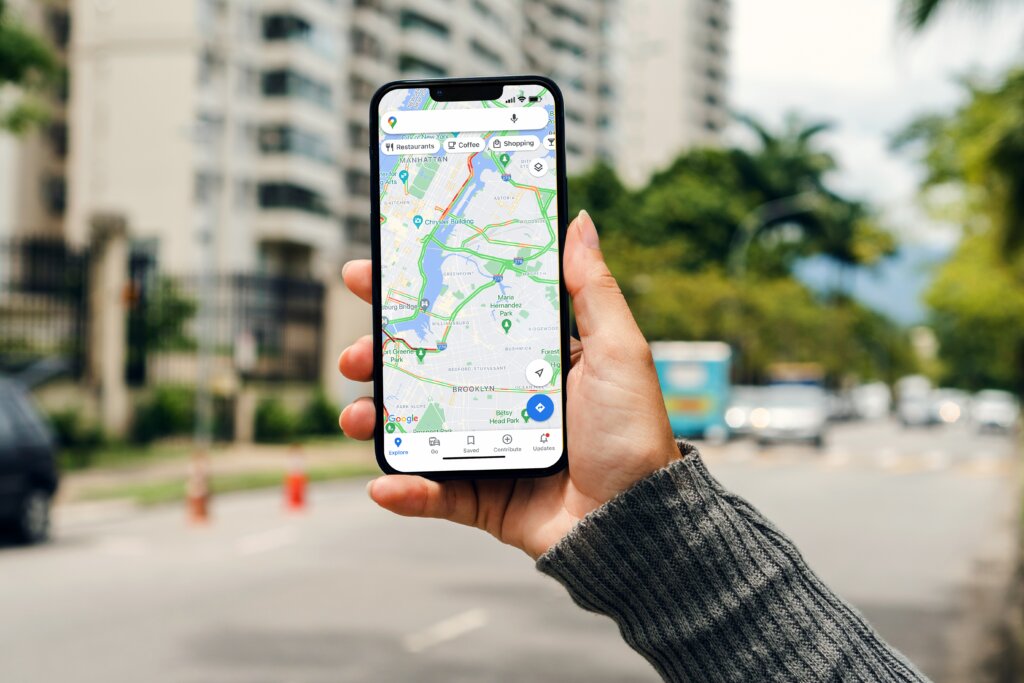
China’s hide-and-seek game is the new Pokémon Go. (Generated with AI)
China’s hide-and-seek game is the new Pokémon Go – make friends, but watch your privacy
- China’s new hide-and-seek app merges the excitement of Pokémon Go with opportunities to make friends.
- The app uses real-time location sharing to bring a classic game into the digital age.
- The app also brings to the forefront the challenges of maintaining privacy in a connected world.
A new app in town is revolutionizing the classic game of hide and seek. Named ‘hide-and-seek,’ this app disperses users across various locations and lets them play games like hide-and-seek by sharing their locations in real-time. Unlike the traditional version, this digital-age game is played by large groups in public spaces such as city parks, and has quickly become a favorite in China, drawing thousands to weekly events.
Pokémon Go meets traditional hide-and-seek in a new digital twist
The game relies on the Amap app, China’s answer to Google Maps, to facilitate real-time location sharing. Initially designed for small groups and used by families and hikers, this feature was expanded to support up to 100 people in 2017. Google services being blocked in China, and the relative scarcity of Apple users, have made Amap a dominant player in the domestic market, boasting over 100 million daily active users.

The game relies on the Amap app instead of Google Maps. (Source – Shutterstock)
In a twist reminiscent of Pokémon Go‘s success, Amap ventured into gaming, collaborating with Chinese game studios and Alibaba’s e-commerce platforms to develop games integrating live location tracking, which arguably can be used to find friends, partners – or potential victims. However, these games hadn’t seen widespread popularity until recently. Initially played on WeChat, the cat-and-mouse game organically transitioned to Amap, becoming its default platform.
Around 90% of players in this game are “mice,” hiding from the “cats” who seek them. The mice get a five-minute head start before the chase begins, marked by location sharing and neon wristbands for identification. The dynamics shift as caught mice become cats, ramping up the challenge.
Transforming traditional hide-and-seek, this game blends technology with physical activity and social interaction. It demands creativity, constant movement, and strategic thinking, extending beyond physical agility to include tactics and, at times, alliances or deception.
Chinanews.com reported that over 40 enthusiasts recently converged at a Jinan shopping center for a nighttime event. Now a social media trend, these games are popular across major Chinese cities like Beijing, Shanghai, Hangzhou, and Shenzhen. The rules are simple yet slightly variable. Participants draw lots to decide who starts as ‘cats’ and ‘mice,’ with roles interchanging as the game progresses.
The title of “cat king” goes to the player who catches the most mice, while the “mouse king” is the one who eludes capture. At the Jinan event, winners took home prizes like plush toys and thermos cups, with a nominal entry fee of 5 yuan (about 95 cents).
How you can make friends in hide-and-seek like Pokémon Go
Event organizer Liu Sen notes the game’s popularity among college students and young professionals. For participants like Zhang Tao, it offers an affordable escape from stress, fostering joy and new friendships. Psychologist Li Xianghua views the game as beneficial for young adults, fulfilling their need for physical and social engagement and offering mental relaxation. However, lawyer Wang Ting warns of inherent risks, underlining the importance of safety measures for both organizers and players.
A hide-and-seek event near Mochou Lake in Nanjing exemplified these concerns. Following prior incidents, the Organizer, Mr. Huang, had to caution the 60 participants against risky hiding spots like trees or the lake.
A participant from MIT Technology Review compared the experience to augmented reality games like Pokémon Go, noting its intensity and unexpected dimensions brought by location sharing, but added the ability to make real-world friends. The game’s rising popularity has even spurred commercialization, with some organizers charging fees and adding social activities.

Pokémon Go fosters joy and new friendships. (Source – Shutterstock)
Security concerns in the new era of gaming
However, the introduction of this innovative hide-and-seek app, which incorporates real-time location sharing, brings with it a host of security and privacy concerns. One of the most significant issues is the risk to user privacy. As participants share their live locations, they must rely on the app’s ability to safeguard this sensitive data. This reliance highlights the importance of robust data security measures, including encryption and protection protocols, to prevent potential hacking or data breaches.
The feature’s potential misuse for stalking or harassment also cannot be overlooked, emphasizing the need for stringent user access controls and consent mechanisms. Users should be fully informed about how their location data is used and have clear options for controlling its visibility.

Hide-and-seek is like Pokemon Go – except you’re catching new friends.
Playing the game in public spaces also raises safety concerns. Sharing one’s location publicly could attract unwanted attention or pose risks, especially in less secure areas. The presence of players, guided by their devices, could impact non-participants, leading to disruptions or unintended safety concerns.
While real-time location sharing could aid in quick assistance in emergencies, it might also lead players into unforeseen dangers. There is also the risk of the app being used for malicious purposes, such as organizing illegal activities under the guise of a game, which raises concerns about the need for monitoring and responsible usage of the platform.
All these factors highlight the complex interplay between innovative technology, user safety, and privacy, necessitating a careful approach to the design and implementation of such apps.
READ MORE
- Strategies for Democratizing GenAI
- The criticality of endpoint management in cybersecurity and operations
- Ethical AI: The renewed importance of safeguarding data and customer privacy in Generative AI applications
- How Japan balances AI-driven opportunities with cybersecurity needs
- Deploying SASE: Benchmarking your approach




